Understanding The Papal Conclave: From Beginning To End
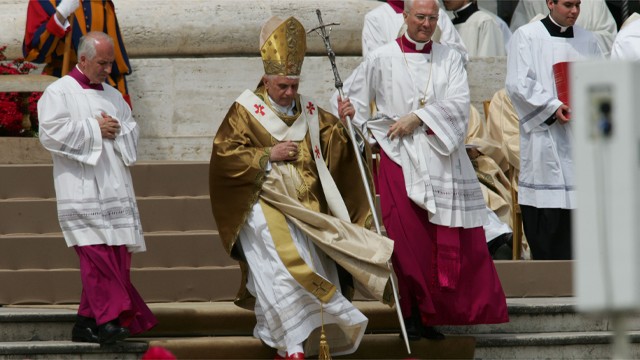
Table of Contents
The History and Evolution of the Papal Conclave
The election of a Pope hasn't always been the carefully orchestrated event we know today. Early papal elections were often fraught with political intrigue, factionalism, and even violence. The selection process, lacking formal structure, frequently led to prolonged periods of vacancy and contentious disputes among powerful figures vying for influence. The need for a more organized and less chaotic system eventually led to the development of the Conclave.
The formalization of the Conclave wasn't a single event but a gradual evolution. Key historical moments shaped its procedures:
- Early papal elections and their challenges: The lack of a defined process often resulted in bribery, coercion, and protracted power struggles.
- The introduction of the Conclave system: The exact origins are debated, but the 13th century saw the emergence of more formalized procedures aimed at curbing corruption and ensuring a more orderly selection.
- Key reforms throughout history: Over the centuries, numerous papal bulls and decrees further refined the Conclave's rules and regulations, addressing issues of secrecy, impartiality, and efficiency.
- Impact of the Second Vatican Council: The council's reforms in the 1960s modernized several aspects of the Conclave, including the simplification of some procedures and a greater emphasis on transparency.
The Process of a Papal Conclave: Step-by-Step
The Papal Conclave is a meticulously planned and tightly controlled process. It begins with the sede vacante (empty seat), the period between the death or resignation of a Pope and the election of his successor. During this time, the College of Cardinals assumes responsibility for the governance of the Church. Let's examine the step-by-step process:
- Preparation and gathering of the Cardinals: Cardinal electors from around the world gather in Rome.
- The General Congregation: A series of meetings where Cardinals discuss the challenges facing the Church and consider qualities needed in the next Pope.
- The closing of the Conclave: The Cardinals enter the Sistine Chapel, which is sealed off from the outside world.
- The election process and the role of the scrutineers: Ballots are cast, counted, and burned, with the smoke signaling the outcome to the waiting world. The election requires a two-thirds majority. The announcement of "Habemus Papam!" (We have a Pope!) signifies the successful conclusion of the Conclave.
The physical setup itself is carefully managed to ensure privacy and prevent external influence during the Papal Conclave.
The Role of the Cardinals in the Papal Conclave
The Cardinals, as electors, play the most critical role in the Papal Conclave. They are responsible for electing the next Pope, a responsibility that demands careful consideration and prayerful discernment. Several factors influence their decisions:
- Eligibility requirements for Cardinal electors: Only Cardinals under the age of 80 are eligible to participate.
- The impact of different theological viewpoints on the election: The theological perspectives and pastoral experiences of the Cardinals inevitably shape the discussions and voting patterns within the Conclave.
- The role of the Cardinal Dean: The Cardinal Dean presides over the Conclave and guides the proceedings.
- The secrecy surrounding the Conclave and its implications: This secrecy aims to protect the integrity of the process, preventing undue external influence.
Modern Challenges and Adaptations to the Papal Conclave
The Papal Conclave, while steeped in tradition, continues to adapt to the modern world. Several challenges and debates surround the process:
- Impact of globalization on Cardinal selection: The increasingly global nature of the Catholic Church requires careful consideration of geographic representation within the College of Cardinals.
- Debates about transparency and openness within the Conclave: Calls for greater transparency in the process are often met with concerns about preserving the necessary confidentiality.
- Addressing concerns about potential biases or external influences: The Conclave must navigate potential pressures from various groups or political interests.
- Modern communication technologies and their impact: The use of technology during the Conclave is carefully managed to balance communication needs with the requirement for secrecy.
Conclusion
The Papal Conclave is a complex and multifaceted process, a blend of ancient tradition and modern realities. From its chaotic early beginnings to the highly structured system we see today, the Conclave has evolved significantly. Understanding the Papal Conclave, from its historical roots to the contemporary challenges it faces, provides invaluable insight into the heart of the Catholic Church. The role of the Cardinals, the intricacies of the voting process, and the enduring importance of secrecy all contribute to the unique nature of this event. Understanding the Papal Conclave provides invaluable insight into the heart of the Catholic Church; continue your exploration today!

Featured Posts
-
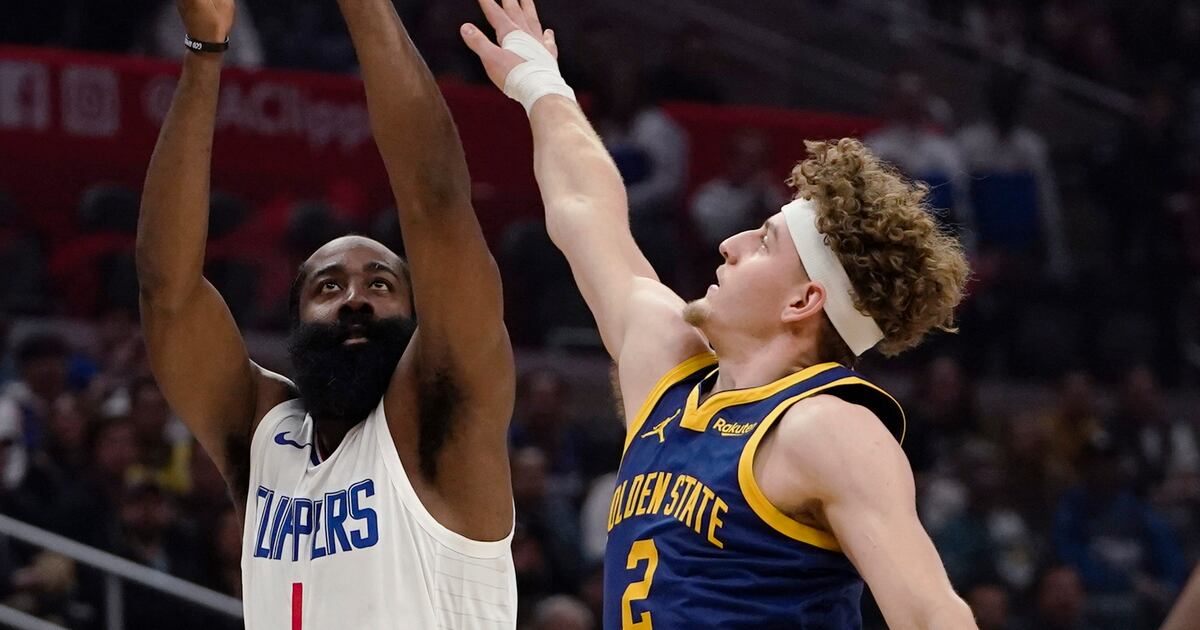 Nba Playoffs Harden Explodes For 39 As Clippers Defeat Warriors
May 07, 2025
Nba Playoffs Harden Explodes For 39 As Clippers Defeat Warriors
May 07, 2025 -
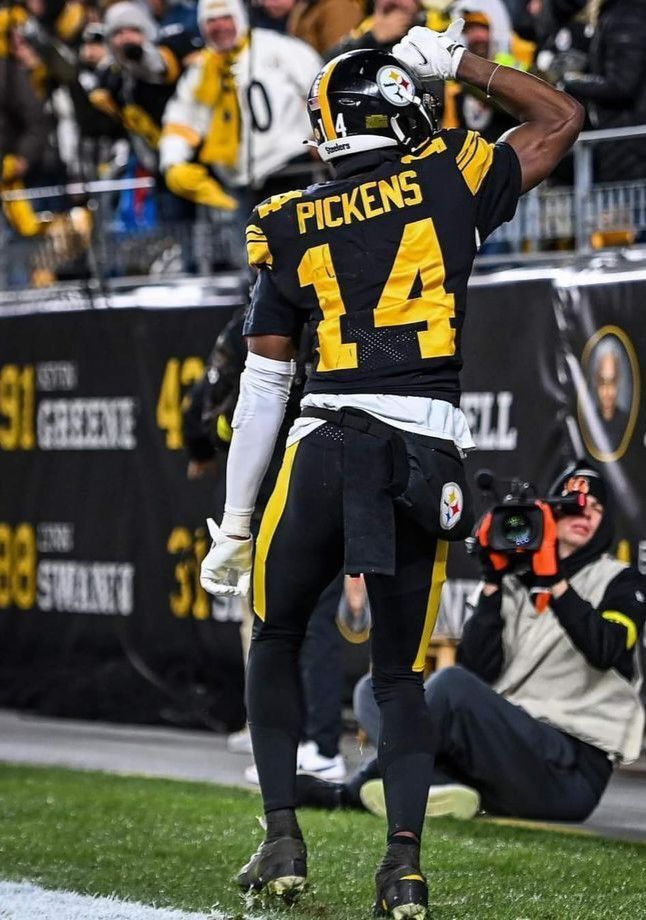 Is George Pickens Time In Pittsburgh Over Ex Nfl Gm Weighs In
May 07, 2025
Is George Pickens Time In Pittsburgh Over Ex Nfl Gm Weighs In
May 07, 2025 -
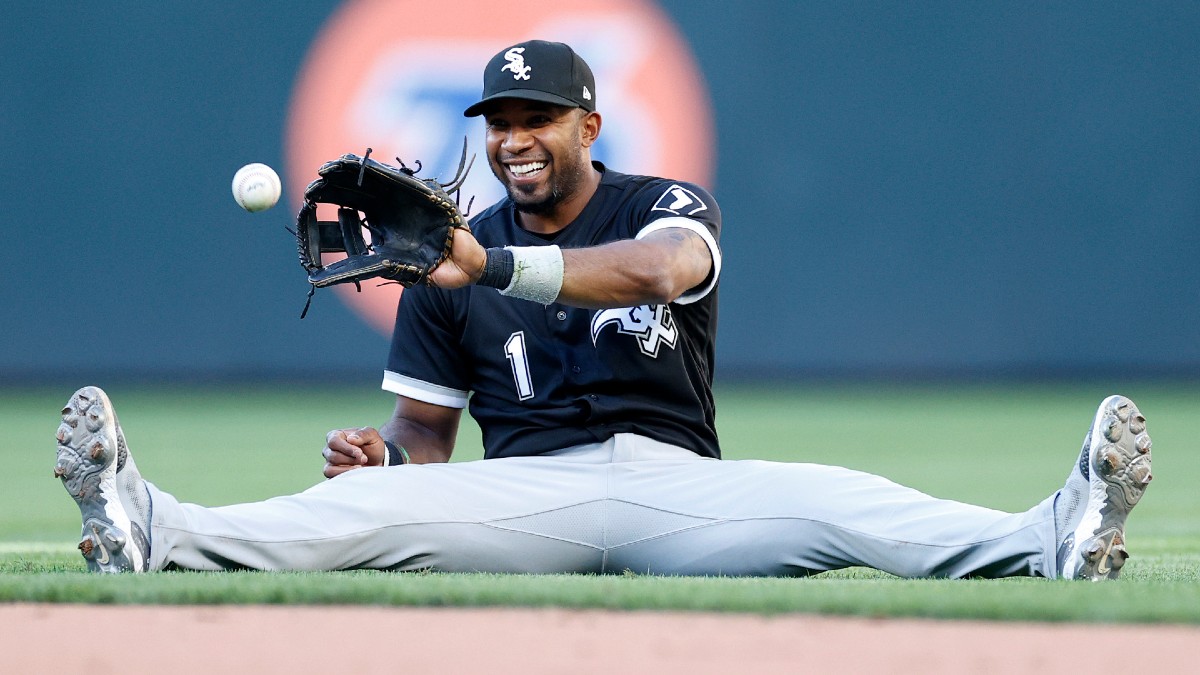 Predicting The Mlb Game Tigers Vs Mariners Expert Picks And Odds
May 07, 2025
Predicting The Mlb Game Tigers Vs Mariners Expert Picks And Odds
May 07, 2025 -
 Is John Wick 5 Actually Happening A Look At The Latest News
May 07, 2025
Is John Wick 5 Actually Happening A Look At The Latest News
May 07, 2025 -
 Palantirs Blowouts Understanding The Risks Of Its High Stock Multiple
May 07, 2025
Palantirs Blowouts Understanding The Risks Of Its High Stock Multiple
May 07, 2025
Latest Posts
-
 Black Rock Etf A Billionaires Guide To Potential 110 Returns In 2025
May 08, 2025
Black Rock Etf A Billionaires Guide To Potential 110 Returns In 2025
May 08, 2025 -
 Black Rock Etf A Billionaire Investment Strategy For 2025s Market
May 08, 2025
Black Rock Etf A Billionaire Investment Strategy For 2025s Market
May 08, 2025 -
 110 Potential Why Billionaires Are Betting Big On This Black Rock Etf In 2025
May 08, 2025
110 Potential Why Billionaires Are Betting Big On This Black Rock Etf In 2025
May 08, 2025 -
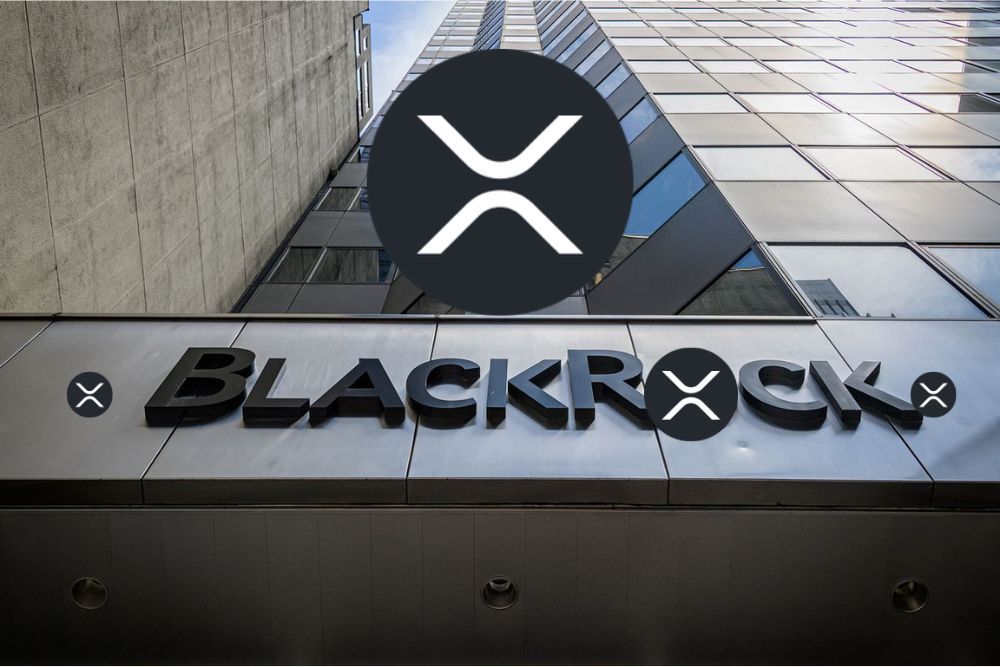 Wall Street Predicts 110 Gain Billionaire Backed Black Rock Etf
May 08, 2025
Wall Street Predicts 110 Gain Billionaire Backed Black Rock Etf
May 08, 2025 -
 Black Rock Etf Billionaire Investment Poised For 110 Growth In 2025
May 08, 2025
Black Rock Etf Billionaire Investment Poised For 110 Growth In 2025
May 08, 2025
